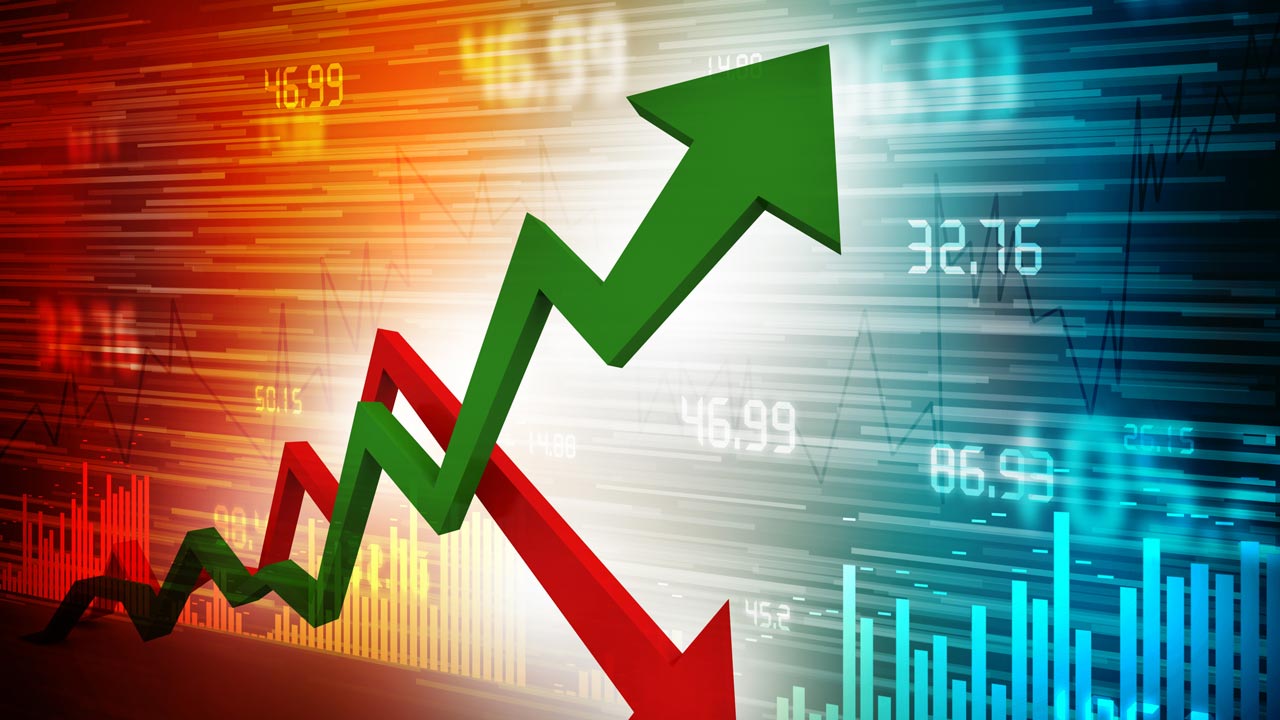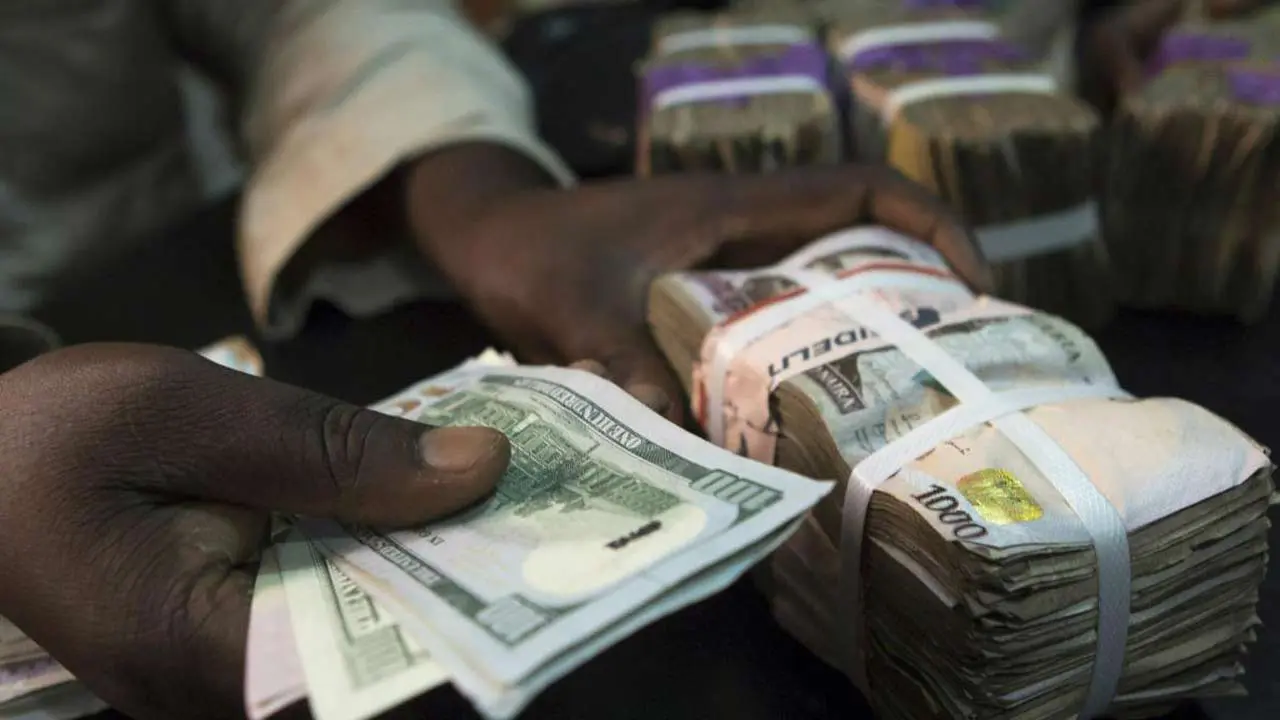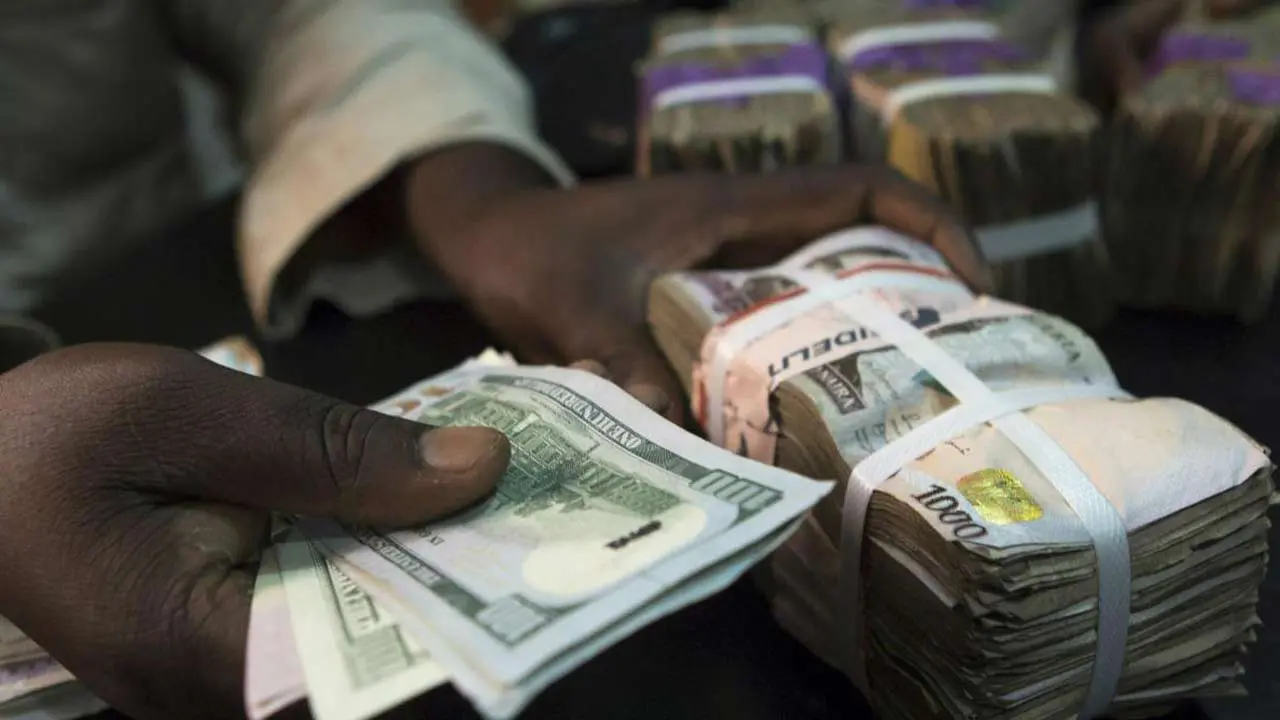The United States inflation figure increased to 3.5 per cent in March from 3.2 per cent in February.
This is according to consumer prices figures from the US Labor Department.
Accordingly, the inflation hike was driven mainly by higher fuel, housing, dining out, and clothing costs.
Analysts warned that the lack of progress in tackling inflation would force the US central bank to keep interest rates higher for longer.
Higher interest rates help stabilise prices by making borrowing more expensive for business expansions and other spending. In theory, that, in turn, slows the economy and eases the pressures pushing up prices.
However, the Federal Reserve’s key interest rate is now set at the highest levels in over two decades, from 5.25 per cent to 5.5 per cent.
Forecasters had expected the bank to start lowering borrowing costs this year, reflecting that the inflation rate, which tracks the pace of price rises, has fallen significantly since hitting 9.1 per cent in 2022.
However, recent economic data, including strong job creation figures, has raised doubts about how soon the cuts might come.
“We shouldn’t overreact to the jump in headline inflation – which was all about energy,” said Brian Coulton, chief economist at Fitch Ratings. But he added: “The details are not reassuring for the Fed.”
Although Nigeria’s March inflation has yet to be released, February’s data showed that it stood at 31.70 per cent amid rising food prices.
US inflation surges to 3.5% in March



